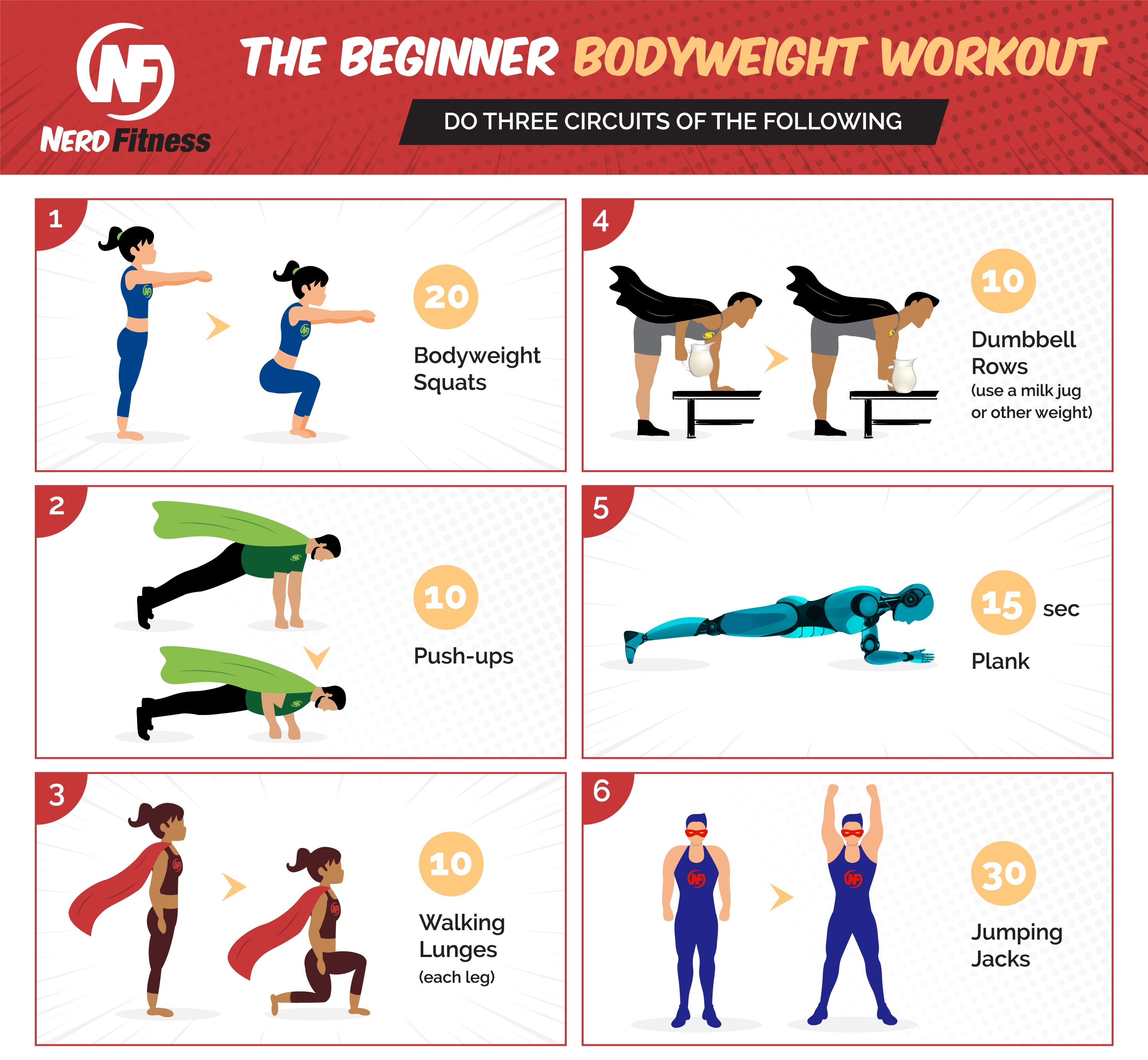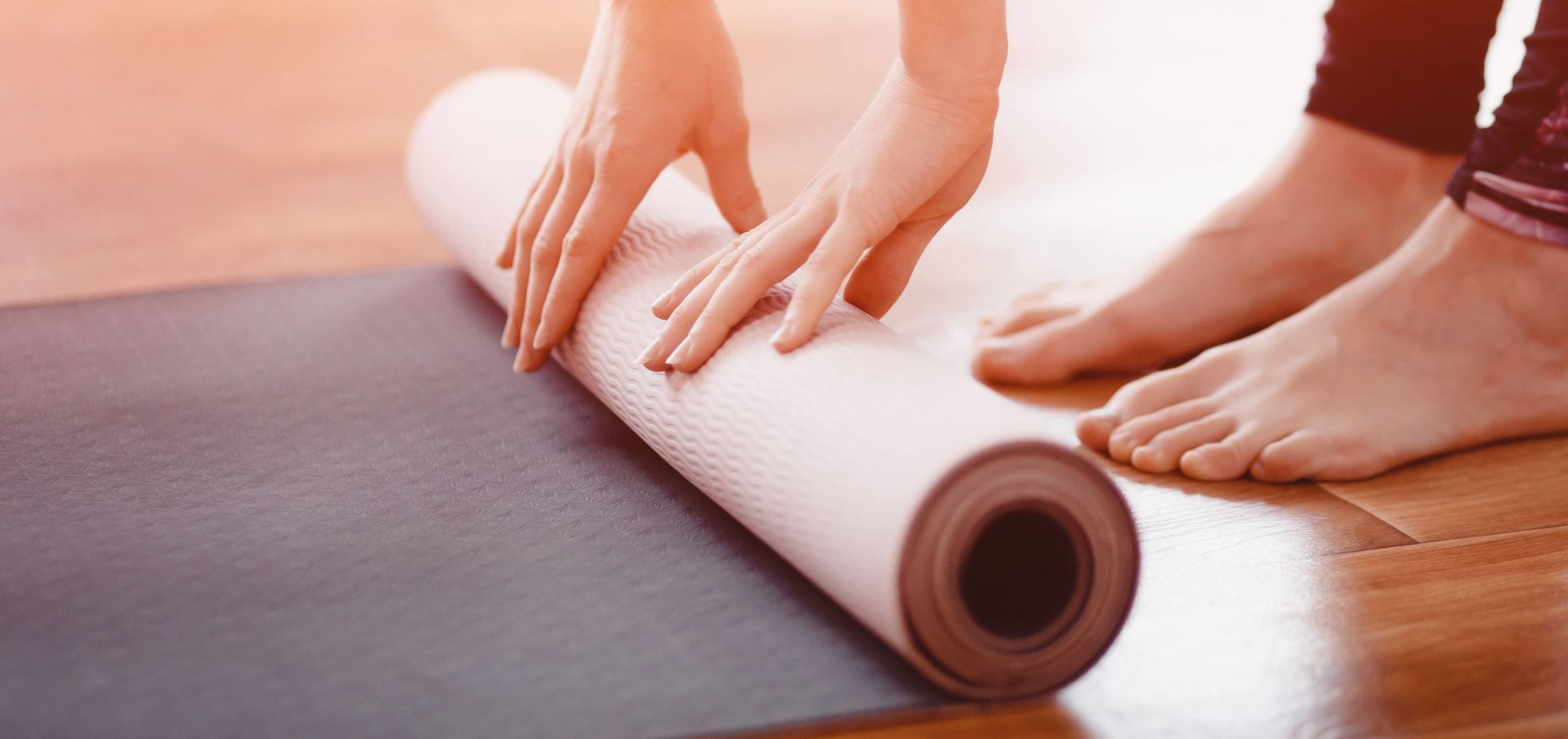:max_bytes(150000):strip_icc()/Easy-workouts-for-beginners-3496020-FINAL-a0968ffe619d4933ae66d841e70f7387.gif)
Beginning an exercise routine at home can be a simple yet effective way to improve your health and fitness. Here are several tips and insights for beginners looking to make this journey more manageable and enjoyable.
Choose Simple Workouts

You don't need to engage in long or complex workouts to see benefits. Beginner workouts can yield real results without requiring expensive equipment or elaborate plans. Simple exercises that utilize your body weight can effectively improve fitness, boost confidence, and increase energy levels. Starting with just a few minutes of exercise daily can lead to noticeable improvements in your fitness over time[1][4].
Consult Your Healthcare Provider
Before starting any new exercise program, especially if you have a prior health condition such as diabetes or heart issues, it's essential to consult with a healthcare provider. They can help you understand necessary modifications to ensure safety during your workouts[1].
Set Manageable Goals
Establishing a clear, attainable goal is crucial. Consider formulating a SMART goal—one that is specific, measurable, attainable, relevant, and time-bound. Writing it down and placing it where you can see it regularly will help keep you accountable and committed to your fitness journey[1].
Incorporate Everyday Movements
Everyday activities can be used to create a workout. For instance, movements like getting in and out of a chair or walking up and down stairs can improve strength, balance, and flexibility[1]. These activities can be repeated for a quick, effective workout session that fits seamlessly into your daily life.
Home Circuit Workout
Once comfortable with basic movements, you can create a simple circuit workout at home. Combine exercises like:
Chair Sit-to-Stand: Repeatedly sit down and stand up from a chair.
Stair Walking: Go up and down stairs for cardiovascular and strength benefits.
Floor Transitions: Practice getting up and down from the floor to enhance coordination and strength.
Doing each movement several times in a sequence can emulate a structured workout without requiring a gym visit[1][3].
Maximize Household Chores
You can easily turn household chores into a workout. Activities like sweeping, vacuuming, or even gardening can increase your heart rate and engage various muscle groups. For example, sweeping utilizes your core and oblique muscles, making it a great way to sneak in exercise while accomplishing chores[1][3].
Bodyweight and Flexibility Exercises

Bodyweight exercises are especially beneficial as they require no equipment and can be modified to various skill levels. Some easy and effective options include:
Bridges: Lie on your back with knees bent, and lift your hips to engage the glutes.
Modified Push-ups: Begin on your knees and lower your body toward the floor to build upper body strength.
Squats: Start with your back against a wall or a chair to master your form before progressing to freestanding squats.
These exercises can be scaled in intensity as fitness progresses. Aim for two to four times a week, performing 10 to 15 repetitions of each exercise with breaks in between[3][4].
Warm-Up and Cool Down
Always incorporate a warm-up and cool-down routine. Dynamic warm-ups can include simple movements like jogging in place, jumping jacks, or arm circles to prepare your body for exercise and prevent injury. Post-workout stretching is equally important to aid recovery and improve flexibility[2][3].
Social Support and Community
Engaging family and friends in your fitness journey can provide motivation and support. Sharing your goals with others enhances accountability, making it easier to stick to the program. Additionally, consider online communities for tips, workout plans, and encouragement from like-minded individuals[1][4].
Stay Consistent and Progress Gradually
Listen to your body and allow for rest days, as strength is built during recovery periods. Follow a pattern such as strength training followed by cardio or flexibility work on alternating days to maintain a balanced routine[2][4]. Progress should be gradual; as you grow more comfortable with basic movements, start to increase repetitions or introduce more challenging variations.
In summary, starting an exercise routine at home can be straightforward. By focusing on simple movements, setting realistic goals, and consistently engaging in various exercises, beginners can successfully enhance their fitness and overall well-being. With determination and the right approach, anyone can enjoy the journey to better health from the comfort of their home.
Get more accurate answers with Super Pandi, upload files, personalized discovery feed, save searches and contribute to the PandiPedia.
Let's look at alternatives:
- Modify the query.
- Start a new thread.
- Remove sources (if manually added).